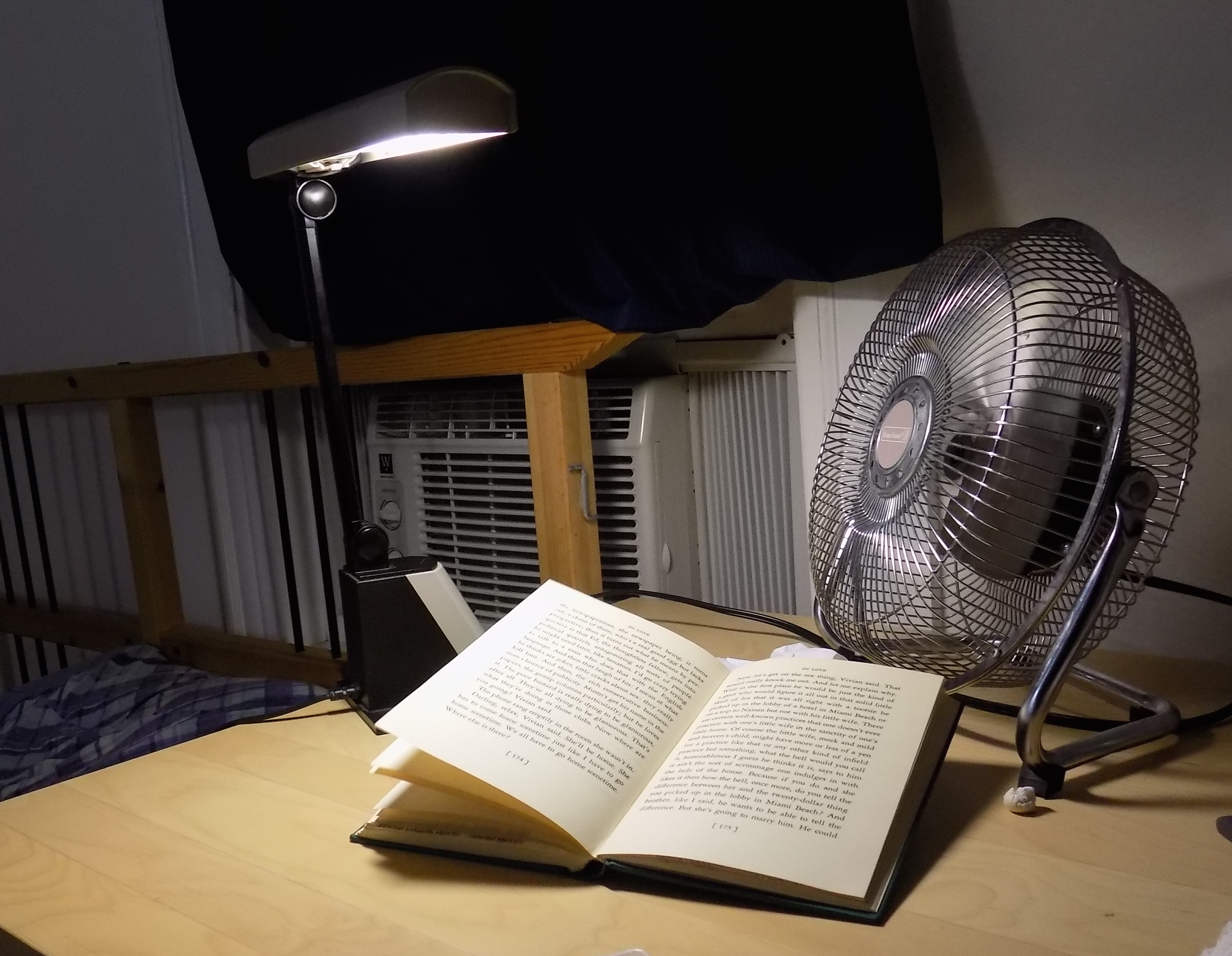
Mobolaji Williams
Data Scientist & Researcher
Bio
Since 2024, I've worked as a data scientist at AE Studio, and from 2019 to 2024, I worked as a data scientist at Jellyfish.
Previous academic work involved studying multiple supersymmetry breaking as a model of dark matter in undergrad, and statistical physics and combinatorics of biomolecular interactions in grad school.
Research papers and presentations are below. Some essays are posted at Perturbations.
Research Papers
(2024) Continuum Limit of Mean-Field Partition Functions.
J. Phys. A: Math.
Theor.,
58 (2025) 025002
(One Page
Summary)/J. Phys. A:
Math. Theor. 58
025002
(2024) Large W limit of the knapsack problem.
Physical Review E,
109(4),
044151
(One Page
Summary)/PhysRevE.109.044151
(2022) Derangement model of ligand-receptor binding.
Computational and
Mathematical
Biophysics, 10(1), pp.123-166
(One Page
Summary)/[arxiv:2201.09471]
(2019) Self-assembly of a dimer system.
Physical Review E, 99(4),
042133.
(One Page
Summary)/[arxiv:1909.00455]
(2018) Permutation glass.
Physical Review E, 97(1), 012139.
(One Page
Summary)/[arxiv:1801.03231]
(2018) Missing Curriculum in Physics Problem Solving Education.
Science &
Education27.3: 299-319.
[Science & Education, 27(3),
pp.299-319.]
(2017) Statistical physics of the symmetric group.
Physical Review
E, 95(4),
042126.
(One
Page
Summary)/[PhysRevE.95.042126]
(2013) Multiply Supersymmetry Breaking as a Model of Dark Matter.
MIT
Physics
[Thesis PDF]
Presentations
Civic Tech DC
- "Balllot Initiative Project" (Project Showcase, Jan 22, 2025) [Presentation]
Jellyfish (2019-2024)
- "Electoral Misalignment" (DS Journal Club, Nov 15, 2023) [Research Notes]
- "NYT Digits - Algorithms and Mathematics" (DS Journal Club, July 25, 2023) [Slides]
- "Introduction to Spectral Clustering" (DS Research Day, Jan 25, 2022) [Jupyter Notebook]
- "Restricted Boltzmann Machines" (DS Journal Club, Oct 10, 2020) [Slides]
- "Monty Hall Problem" (Lunch and Learn, July 7, 2020) [Slides]
Insight Data Science (2019)
- Phantom Pen — Final Project Presentations (July 2019) [High Level Demo]/[Design Discussion]
Harvard Physics (2014-2019)
- "Spatial Gene Drives and Pushed Genetic Waves" (Shakhnovich Journal Club, Nov 10, 2018) [Slides]
- "Self Assembly of a Dimer System" (Shakhnovich Group Meeting, May 5, 2018) [Slides]
- "A Model of Correct and Incorrect Dimer Contacts" (Shakhnovich Group Meeting, Jan 16, 2018) [Slides]
- "Genes, Environment, and 'Bad Luck'" (Shakhnovich Journal Club, Nov 10, 2017) [Slides]
- "Experimental Realizations of Favorable-Contact Model" (Shakhnovich Group Meeting, Aug 15, 2017) [Slides]
- "Favorable Contact Model of Folding" (Shakhnovich Group Meeting, Mar 21, 2017) [Slides]
- "Statistical Physics of the Symmetric Group" (Harvard Physics Oral Qualifying Exam, Dec 12, 2016) [Slides]
- "Statistical Physics of Self-Replication" (Shakhnovich Journal Club, Dec 12, 2016) [Slides]